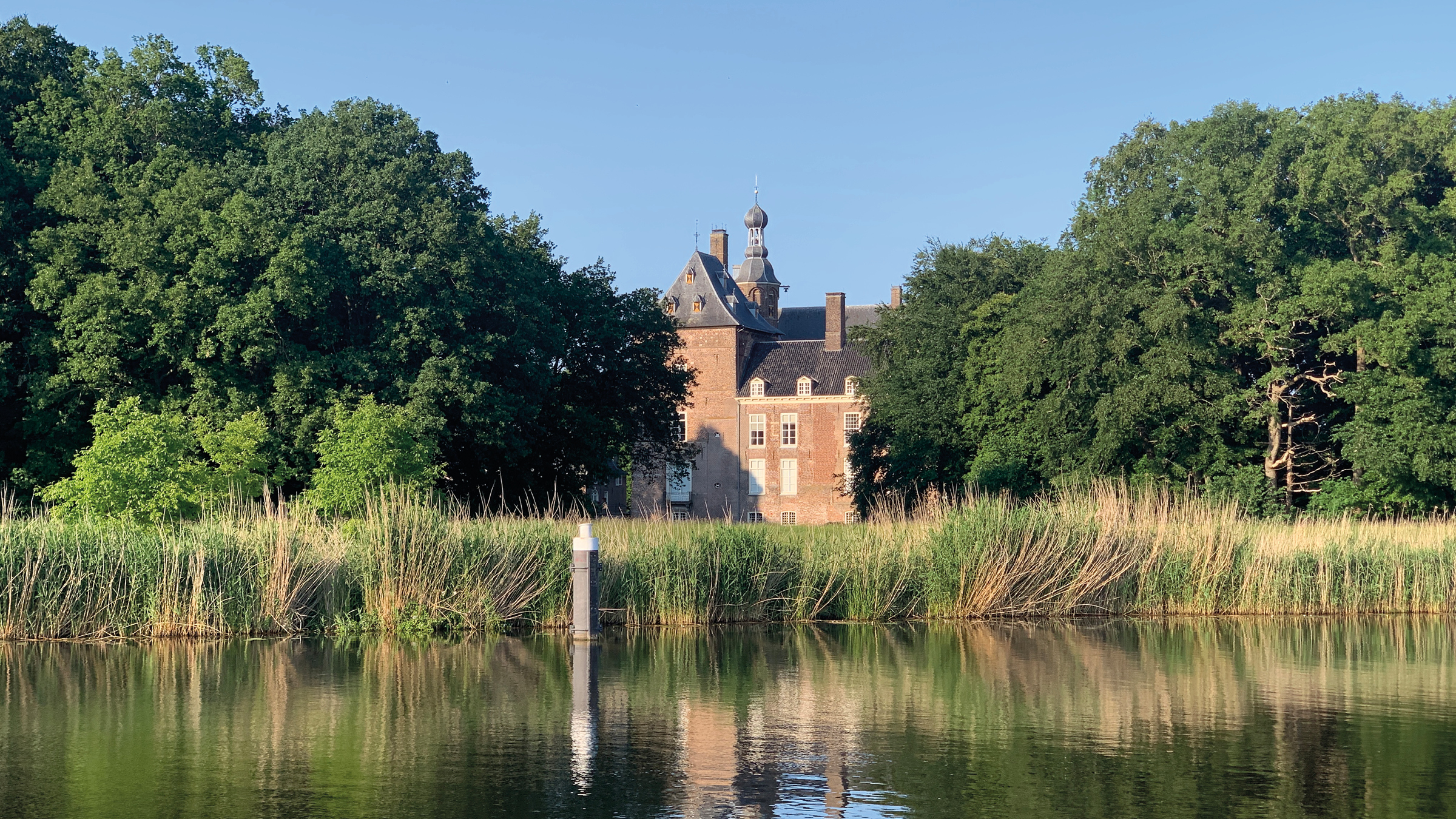
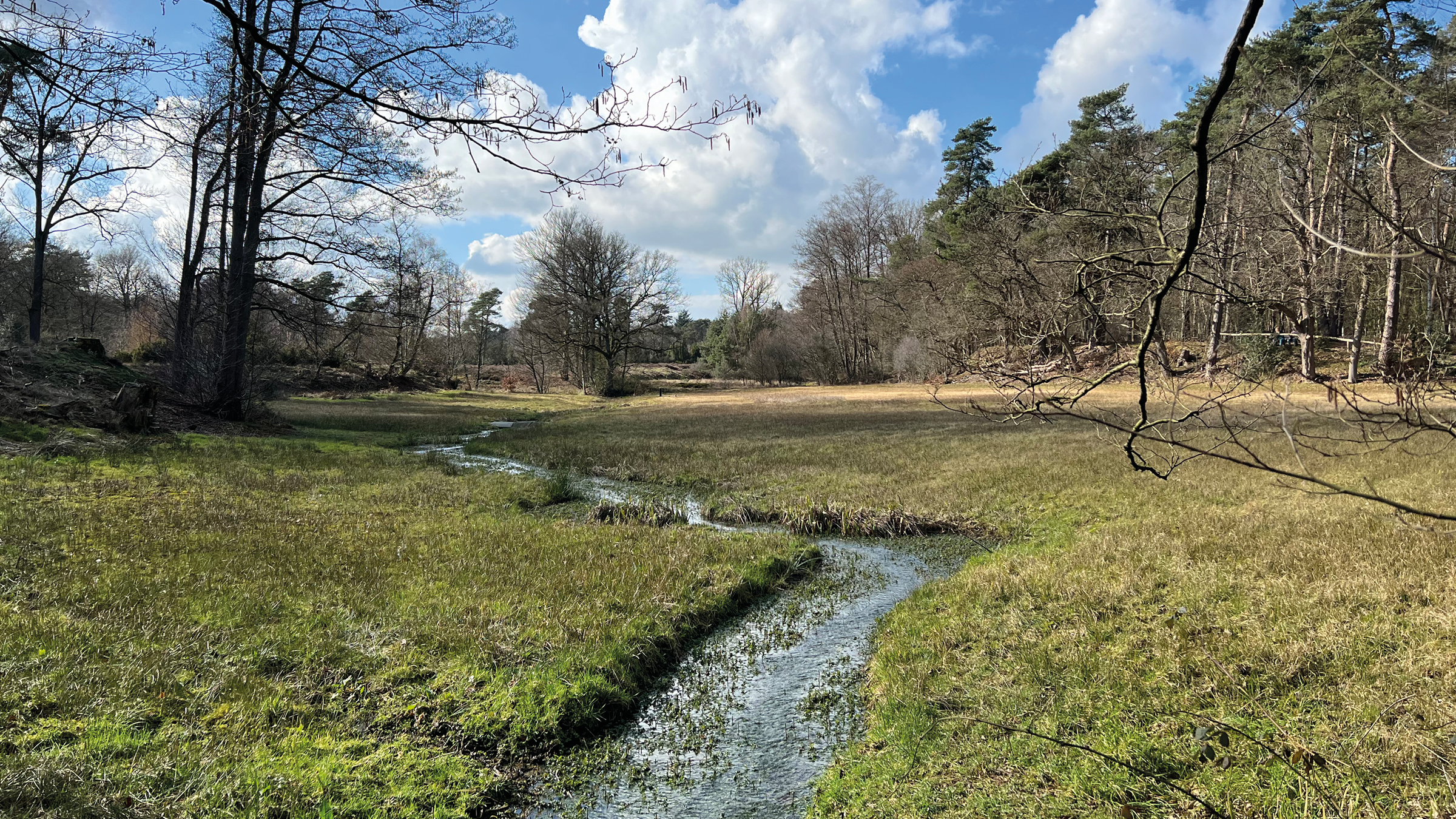
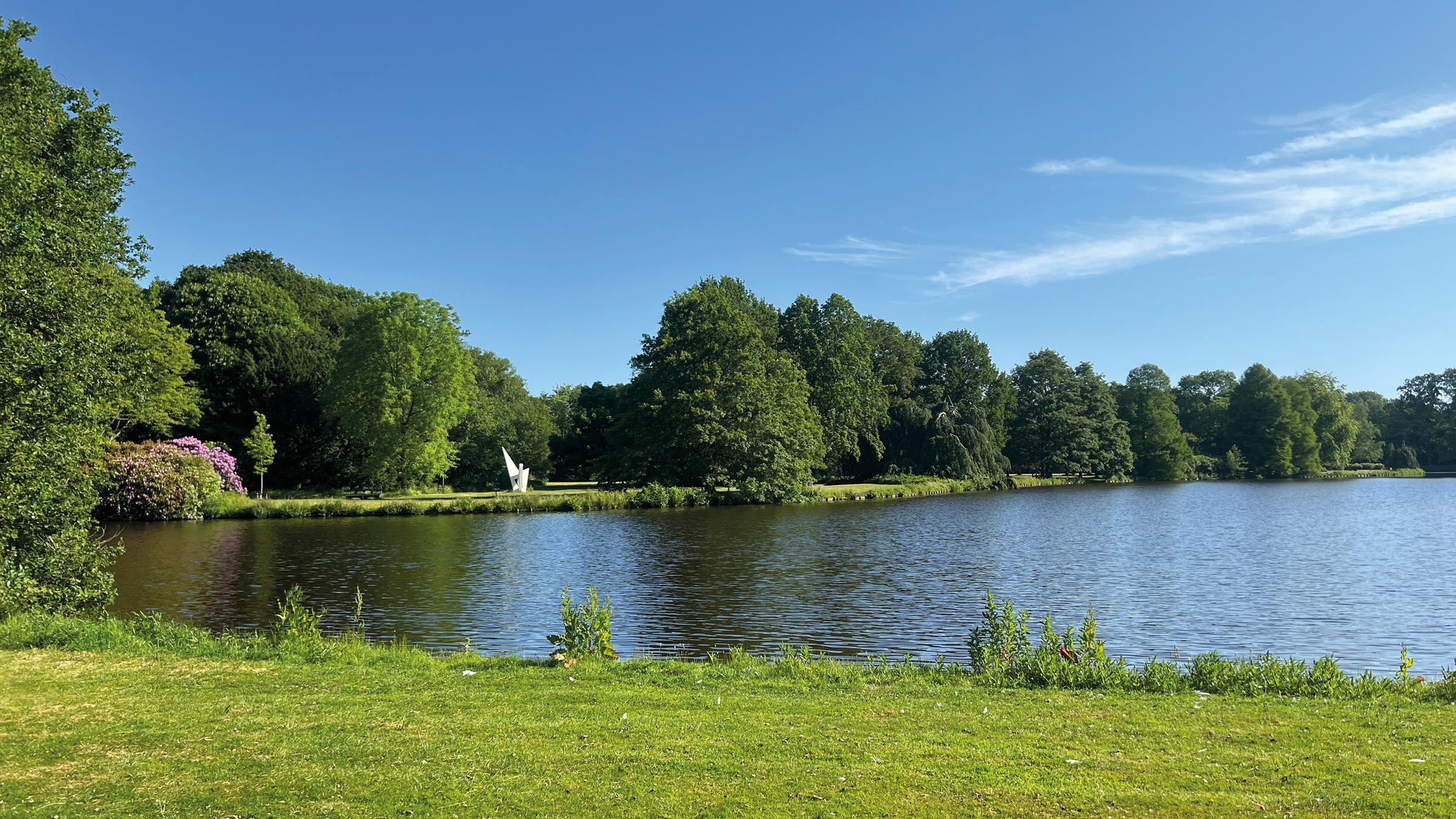
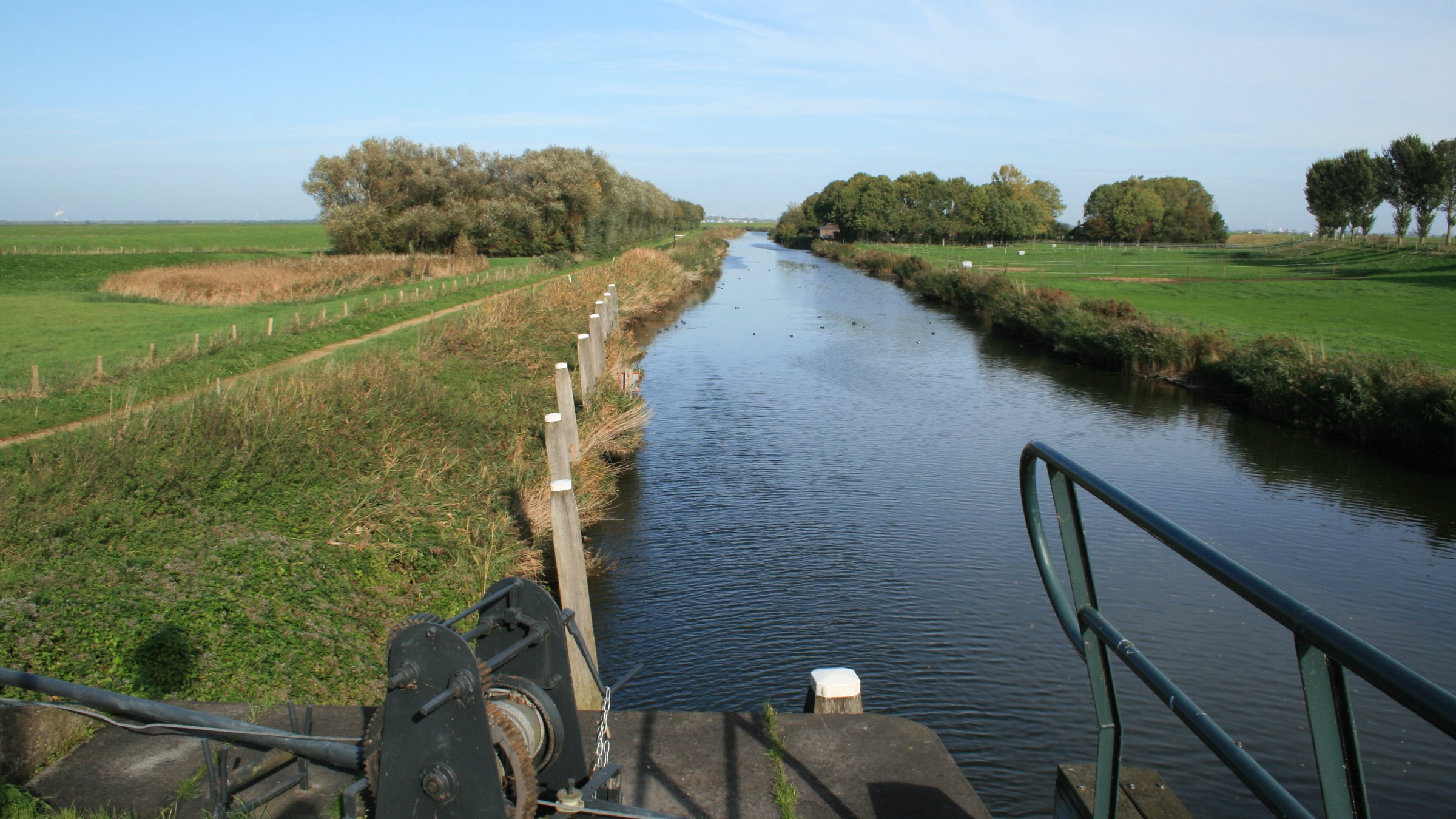
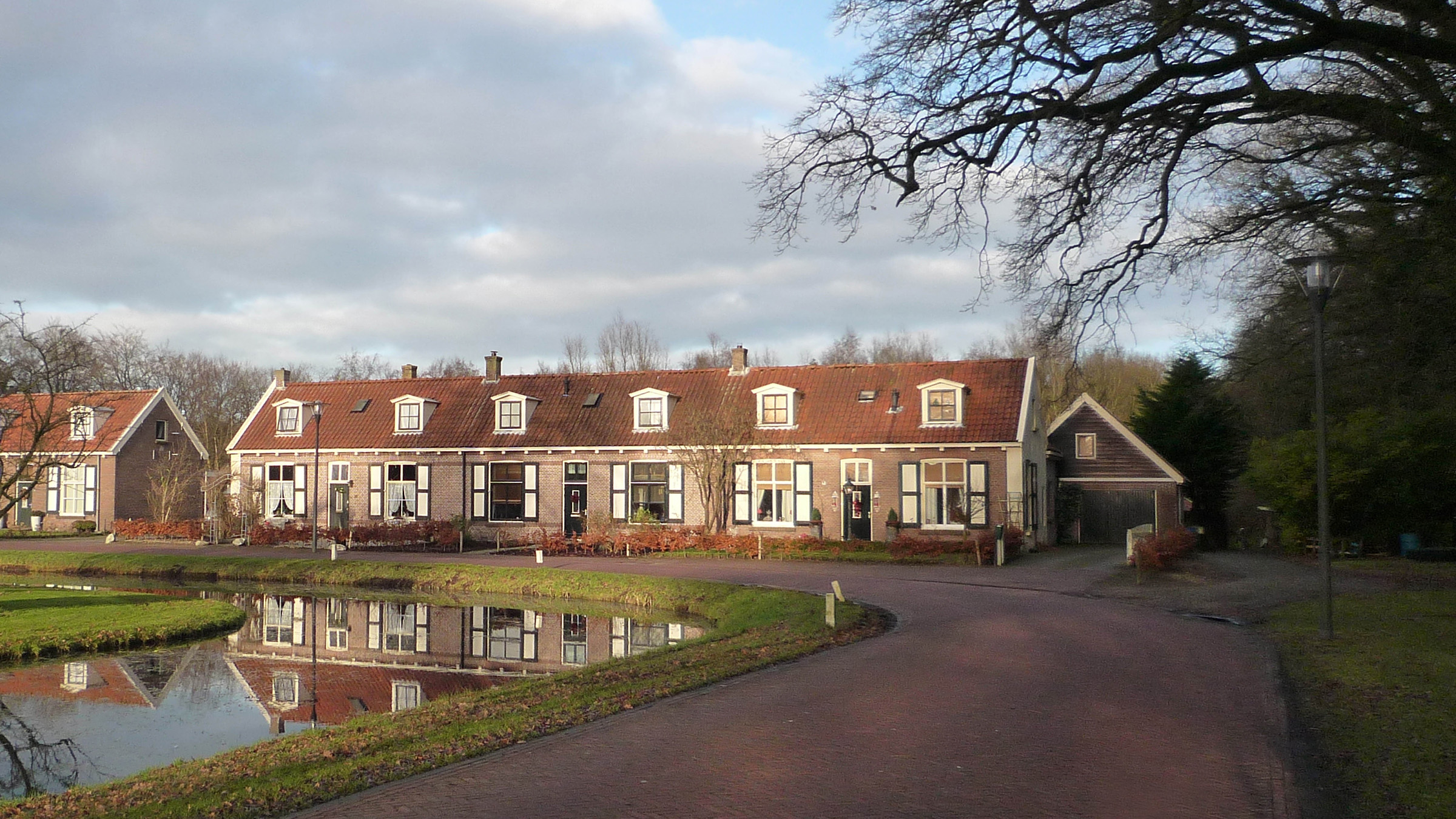
LANDSCAPES AND RURAL AREAS – CULTURAL HERITAGE ASSESSMENTS
WHAT DOES STEENHUISMEURS DO?
Transformation and vision development begin with a deep understanding of a place's identity. We delve into its origins the layers of time and the pivotal moments it has witnessed as well as its conceptual framework spatial organization buildings and societal significance. We document these essential aspects in a comprehensive cultural heritage study. These findings are captured in a cultural-historical analysis. In this we delineate the evolution of a garden estate park or cultivated landscape identifying surprising and inspiring connections. The garden or area gains character and vitality. Thanks to a narrative more becomes conceivable than can be seen at first glance. Our insights serve as the foundation for monument listings garden renovations management policies and redevelopment plans. We are often closely involved in translating cultural heritage valuation into concrete area transformations.
CASE 1
TROMPENBURG ARBORETUM
Cultural heritage framework for future development
commissioned by Trompenburg Gardens and Arboretum
Trompenburg is a green icon of Rotterdam. Since opening to the public in 1958, it has grown from a villa’s private garden into a beloved city garden. In visitor numbers, Trompenburg is the fourth largest museum of Rotterdam. Current facilities no longer meet the needs of rising visitor numbers and staff operations.
The board and management team aim to make carefully considered plans for future developments. SteenhuisMeurs prepared a transformation framework from a cultural-historical perspective, so that new plans can be tested against the values of Trompenburg (a municipal monument) and the protected cityscape of Kralingen-Midden.
This framework will guide Trompenburg’s ongoing development, thus ensuring its rich past is preserved.

The oldest part of the Trompenburg gardens
CASE 2
STADSPARK GRONINGEN
History of ideas, and heritage assessment of the park and buildings
commissioned by the municipality of Groningen
The Stadspark (City Park) of Groningen was presented in its early years as the "principal pleasure resort for the people of Groningen, the crown jewel of the city." The park emerged from the successful collaboration between the director of Public Works J.A. Mulock Houwer (1857-1933) and industrialist J.E. Scholten (1849-1918). They were contemporaries with grand ideas for the city and its inhabitants. The Stadspark was designed by the Haarlem-based landscape architect Leonard Springer and later expanded into a vast recreational area of 140 hectares, extending through green corridors into the city and the surrounding countryside. The Stadspark requires attention and care, while also offering many opportunities for the future. In 2023, SteenhuisMeurs conducted a cultural-historical analysis of the Stadspark with three components: the history of its founding ideas, a garden heritage assessment, and a historical analysis of the buildings at the racecourse. The research contains lessons, examples and references to other cities. The Stadspark tells the stories of the city and connects the people of Groningen: from the rise of industry to public housing, from sports and games to Jewish history, from urban planning to landscape, and from city to countryside.
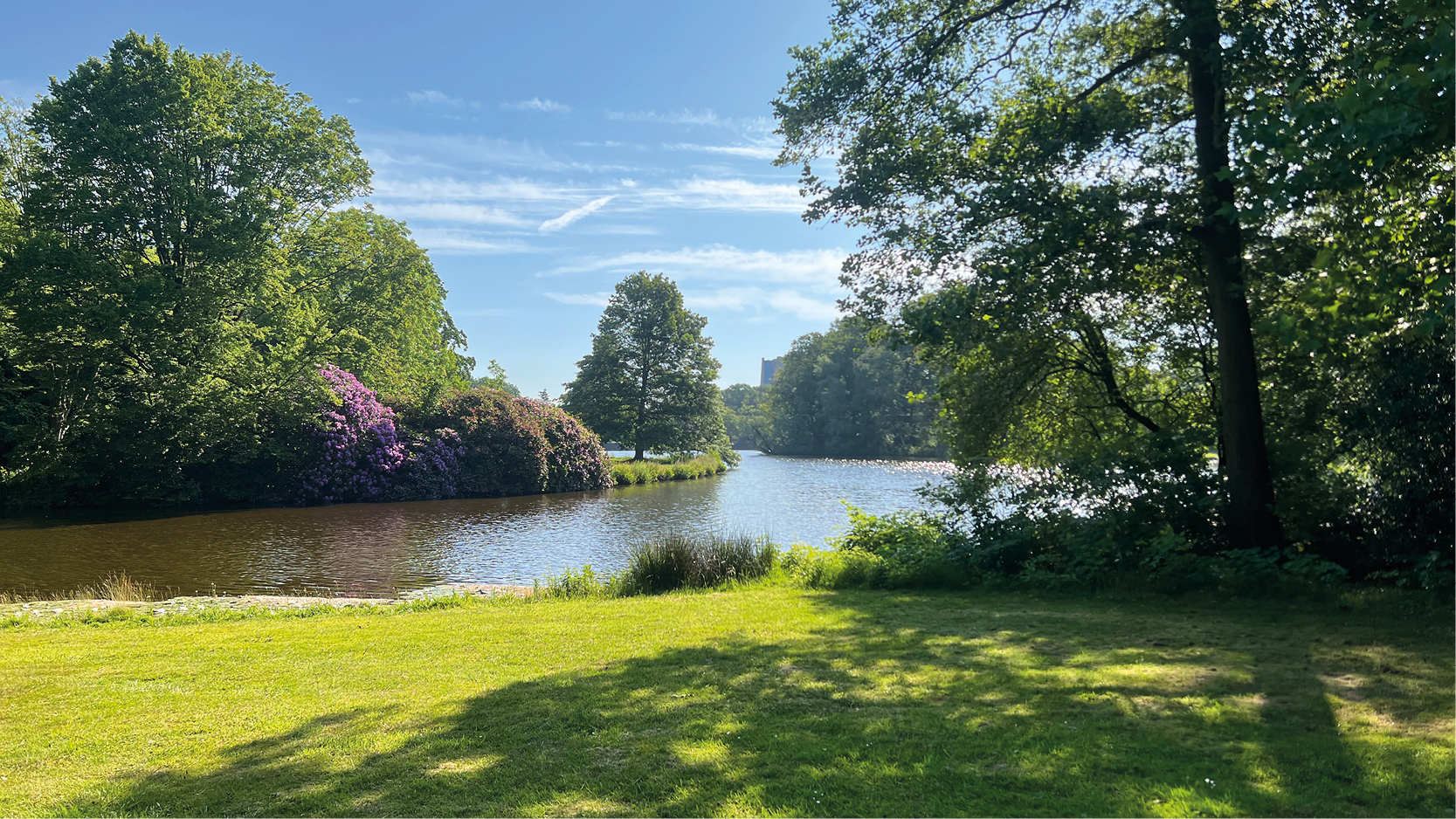
The large pond, designed by Leonard Springer
CASE 3
WIELEWAAL, EINDHOVEN
Garden heritage assessment
commissioned by municipality of Eindhoven
For almost a century, the Wielewaal country estate was in the possession of the Philips family. Anton and Frits Philips transformed timber production grounds into a unique twentieth-century estate, adjacent to their factories in Strijp. From Anton's time remain the pinetum (a pine garden), the arboretum, a star-shaped wood grove, other gardens and the 'Hut of Uncle Ton' that overlooks a pond. Frits Philips built the Wielewaal mansion and moved there in 1934. From a woodland park with gardens and a log cabin, the Wielewaal evolved into an estate organised around the imposing main house. The cedar park, the arboretum and other groves were converted into an open space around the house, that merges into the surrounding landscape. From the Wielewaal house, there are sightlines hundreds of meters long that never cross the boundaries of the estate. In 2007, the Philips heirs sold the majority of the Wielewaal to an entrepreneur. He renovated the mansion and transferred ownership to the municipality of Eindhoven in 2022. The intention is to transform the estate into a public park for recreation and nature, celebrating the Philips legacy. The cultural heritage assessment of SteenhuisMeurs serves as a starting point. Our recommendation to list parts of the estate as protected buildings and sites has since been followed.

House De Wielewaal





LANDSCAPES AND RURAL AREAS – CULTURAL HERITAGE ASSESSMENTS
WHAT DOES STEENHUISMEURS DO?
Transformation and vision development begin with a deep understanding of a place's identity. We delve into its origins the layers of time and the pivotal moments it has witnessed as well as its conceptual framework spatial organization buildings and societal significance. We document these essential aspects in a comprehensive cultural heritage study. These findings are captured in a cultural-historical analysis. In this we delineate the evolution of a garden estate park or cultivated landscape identifying surprising and inspiring connections. The garden or area gains character and vitality. Thanks to a narrative more becomes conceivable than can be seen at first glance. Our insights serve as the foundation for monument listings garden renovations management policies and redevelopment plans. We are often closely involved in translating cultural heritage valuation into concrete area transformations.
CASE 1
TROMPENBURG ARBORETUM
Cultural heritage framework for future development
commissioned by Trompenburg Gardens and Arboretum
Trompenburg is a green icon of Rotterdam. Since opening to the public in 1958, it has grown from a villa’s private garden into a beloved city garden. In visitor numbers, Trompenburg is the fourth largest museum of Rotterdam. Current facilities no longer meet the needs of rising visitor numbers and staff operations.
The board and management team aim to make carefully considered plans for future developments. SteenhuisMeurs prepared a transformation framework from a cultural-historical perspective, so that new plans can be tested against the values of Trompenburg (a municipal monument) and the protected cityscape of Kralingen-Midden.
This framework will guide Trompenburg’s ongoing development, thus ensuring its rich past is preserved.

The oldest part of the Trompenburg gardens
CASE 2
STADSPARK GRONINGEN
History of ideas, and heritage assessment of the park and buildings
commissioned by the municipality of Groningen
The Stadspark (City Park) of Groningen was presented in its early years as the "principal pleasure resort for the people of Groningen, the crown jewel of the city." The park emerged from the successful collaboration between the director of Public Works J.A. Mulock Houwer (1857-1933) and industrialist J.E. Scholten (1849-1918). They were contemporaries with grand ideas for the city and its inhabitants. The Stadspark was designed by the Haarlem-based landscape architect Leonard Springer and later expanded into a vast recreational area of 140 hectares, extending through green corridors into the city and the surrounding countryside. The Stadspark requires attention and care, while also offering many opportunities for the future. In 2023, SteenhuisMeurs conducted a cultural-historical analysis of the Stadspark with three components: the history of its founding ideas, a garden heritage assessment, and a historical analysis of the buildings at the racecourse. The research contains lessons, examples and references to other cities. The Stadspark tells the stories of the city and connects the people of Groningen: from the rise of industry to public housing, from sports and games to Jewish history, from urban planning to landscape, and from city to countryside.

The large pond, designed by Leonard Springer
CASE 3
WIELEWAAL, EINDHOVEN
Garden heritage assessment
commissioned by municipality of Eindhoven
For almost a century, the Wielewaal country estate was in the possession of the Philips family. Anton and Frits Philips transformed timber production grounds into a unique twentieth-century estate, adjacent to their factories in Strijp. From Anton's time remain the pinetum (a pine garden), the arboretum, a star-shaped wood grove, other gardens and the 'Hut of Uncle Ton' that overlooks a pond. Frits Philips built the Wielewaal mansion and moved there in 1934. From a woodland park with gardens and a log cabin, the Wielewaal evolved into an estate organised around the imposing main house. The cedar park, the arboretum and other groves were converted into an open space around the house, that merges into the surrounding landscape. From the Wielewaal house, there are sightlines hundreds of meters long that never cross the boundaries of the estate. In 2007, the Philips heirs sold the majority of the Wielewaal to an entrepreneur. He renovated the mansion and transferred ownership to the municipality of Eindhoven in 2022. The intention is to transform the estate into a public park for recreation and nature, celebrating the Philips legacy. The cultural heritage assessment of SteenhuisMeurs serves as a starting point. Our recommendation to list parts of the estate as protected buildings and sites has since been followed.


